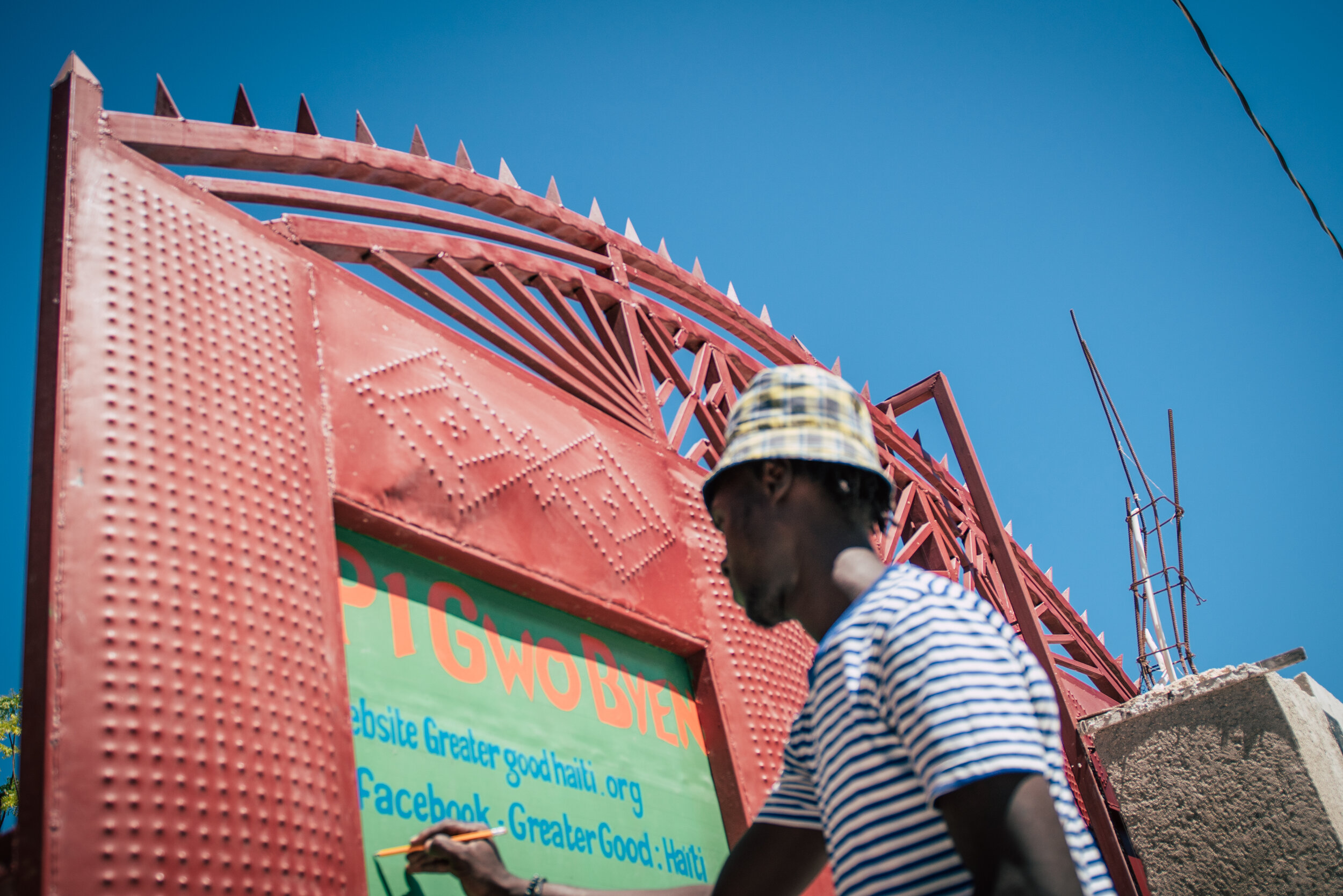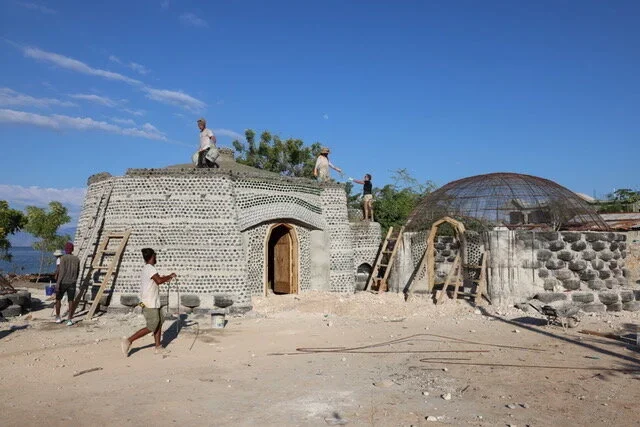
Education in Haiti
Understanding the challenges and hopes behind education in Haiti today
About Haiti - Education
Education is one of the most powerful tools for change — and in Haiti, it’s also one of the biggest challenges. While many children are eager to learn, they face obstacles like poverty, school fees, unsafe conditions, and long distances to travel.
Since 2011, Greater Good international through our school, Pi Gwo Byen, has been providing free education and hot lunches to children who were unable to attend school. Today we support more than 200 families in the community of Anse-à-Galets, all the way up to university level.
How does education work in Haiti?
Education in Haiti is divided into several levels:
Preschool: For children aged 3–5
Primary school: Usually lasts 6 years from 1st grade through to 6th (ages 6–11)
Lower secondary: 3–4 years (ages 12–15)
Upper secondary: Up to age 18, includes vocational and academic tracks
University, Vocational and Trade Schools: Any age
According to the Haitian constitution, education is free and compulsory until age 15. But in practice, many families face fees and costs that make school hard to access — especially in rural areas.
French is traditionally the language of instruction, with very few schools using Haitian Creole with students . This can be a challenge for young learners who speak only Creole at home.
At Lekol Pi Gwo Byen, we teach in Haitian Creole and later introduce French as French is the language all schools teach in at the secondary level.
“Did you know? In many rural communities, primary school might be the only level available nearby, and some children have to walk hours to attend.”
Who runs the schools in Haiti?
Most schools in Haiti are not run by the government. In fact, about 80% of schools are privately managed — by NGOs, religious organisations, and community groups.
Only around 1 in 5 schools is public (government-run)
Most schools are run by churches or faith-based groups
NGOs and local nonprofits play a significant role, especially in rural areas
Because public schools are limited and often underfunded, many families rely on low-cost private schools — but even these can be unaffordable for those living in poverty.
Learn how Greater Good Haiti supports education access in remote areas on our [Schools in Haiti] page.
How many children go to school in Haiti?
While most children in Haiti start school, many don’t finish — especially in poorer or rural areas.
About 80% of children are enrolled in primary school
Of that 80%, only 60% complete it, and even fewer move on to secondary.
Only 1 in 4 children reaches the final year of secondary school
Access is even harder for children with disabilities and families who can’t afford fees, books, or uniforms. It is also extremely challenging for girls in rural or unsafe areas, which has been particularly inflamed by the spread of gang violence.
“Many students drop out not because they want to — but because school is too far, too expensive, or not safe.”
What are the main challenges facing education in Haiti?
Going to school in Haiti isn’t always easy. Many children face daily barriers that make learning difficult — or even impossible.
The biggest challenges include:
Cost: Families often pay for tuition, books, uniforms, and meals — even in low-fee schools
Not enough schools: Especially in remote areas, where classrooms are crowded or don’t exist
Lack of trained teachers: Many teachers haven’t received formal training or don’t have enough resources
Language barriers: Many students speak only Creole at home, but lessons are often in French
Despite these challenges, families remain deeply committed to education. Many children walk long distances, study without electricity, or share supplies just for the chance to learn.
“In 2023, nearly 30% of schools in parts of Haiti were closed due to violence or instability.”
What’s it like for students in rural areas?
For children living in rural Haiti, getting an education can be even harder.
Long walks to school: Some students travel for hours each day by foot
Limited infrastructure: Many schools don’t have electricity, toilets, or running water
Lack of materials: Desks, books, and supplies are often in short supply
Few qualified teachers: Rural schools struggle to attract and keep trained staff
Food insecurity: Hunger makes it hard for children to concentrate or attend regularly
Still, many students and teachers show amazing dedication — showing up every day to learn and teach under tough conditions.
That’s why organisations like Greater Good Haiti focus on rural access, helping bring education to children in need.
What’s being done to help?
Many local and international organisations are working to improve education in Haiti — especially for children in the hardest-to-reach areas.
Key efforts include:
Building and repairing schools damaged by natural disasters or violence
Providing school kits with books, bags, uniforms, and hygiene items
Training teachers to improve the quality of learning
Offering school meals so children can learn with full stomachs
Supporting girls’ education and students with disabilities
Creating safer learning spaces in areas affected by conflict
UNICEF, Education Cannot Wait (ECW), and local nonprofits are leading many of these efforts — but ongoing support is urgently needed.
Learn more on our Schools in Haiti page or see What We Do.
Greater Good International
We are proud to say that through our investment in the community, we have built classrooms and homes, supported students in their education including higher and further education sponsorship and scholarship and provide a nutrition program that runs year round.
Greater Good International has been addressing the systemic challenges around education access and poverty since 2011, whilst organisations such as UNICEF, Education Cannot Wait (ECW), and local nonprofits including P4H Global are also contributing to many of these efforts — but ongoing support is urgently needed.








